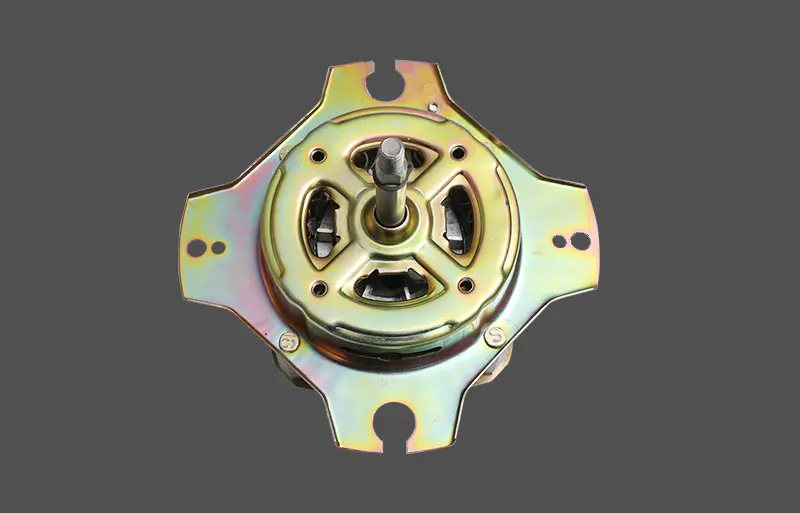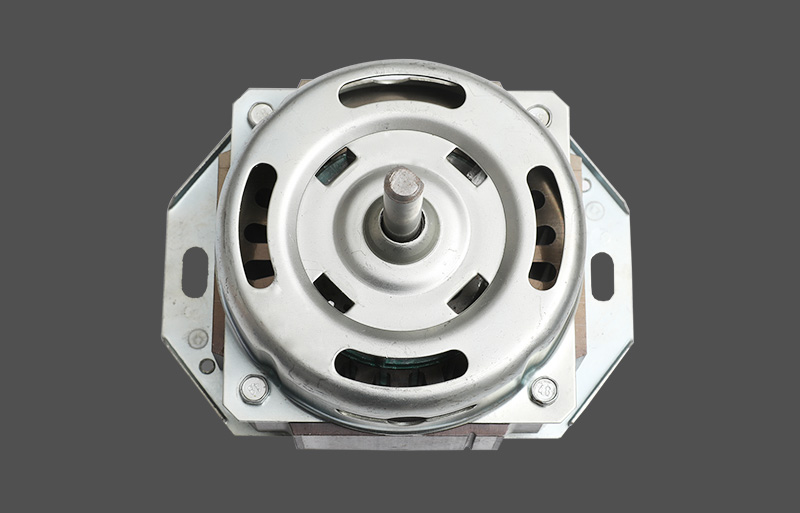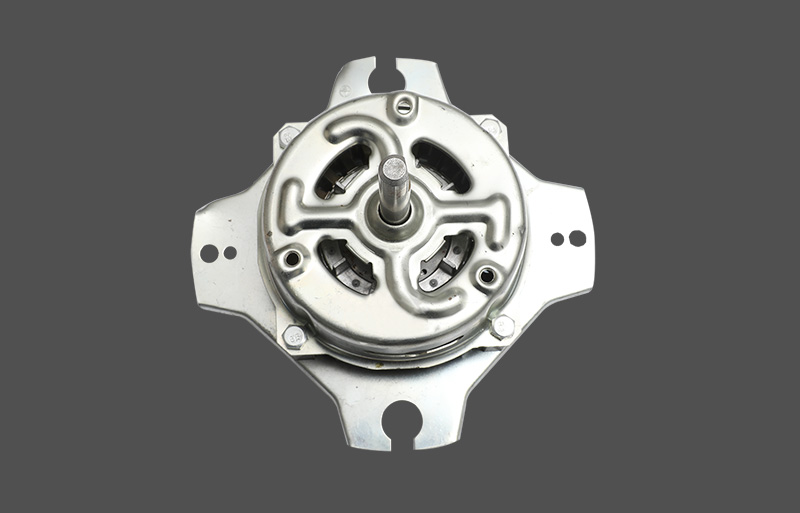Power Density Advantages of Spin Motors
Spin motors have emerged as a revolutionary technology in various industries, offering significant advantages over traditional electric motors, particularly in terms of power density. In recent years, their application has become increasingly popular in fields such as electric vehicles, robotics, and aerospace, where high efficiency and compactness are crucial. This article will explore the power density benefits of spin motors and how they compare to traditional electric motors.
What is Power Density?
Power density refers to the amount of power an electric motor can generate per unit of volume or mass. Higher power density means that a motor can deliver more power within a smaller or lighter form factor. For industries such as electric vehicles, aerospace, and robotics, high power density is critical because it allows for smaller and lighter motors, which in turn improve overall system performance, efficiency, and mobility. Thus, power density is an essential factor in evaluating the performance of any electric motor.
Spin Motor’s Structural Design and Power Density Enhancement
One of the key reasons spin motors outperform traditional motors in terms of power density is their innovative design. Traditional motors generally consist of a stator and a rotor, and the power density is often limited by the size of these components, as well as by the efficiency of the magnetic field. Spin motors, on the other hand, feature a more compact design and optimized magnetic circuit, resulting in better utilization of the magnetic field and a higher power output in a smaller volume.
Spin motors often incorporate permanent magnets, high-efficiency electromagnetic designs, and advanced cooling systems, all of which allow them to generate more power in less space. For instance, the use of permanent magnet synchronous motors (PMSMs) in spin motors leads to significant improvements in power density. These motors take advantage of high-performance permanent magnets, which reduce losses and maximize efficiency.
The Role of Permanent Magnet Materials
In traditional motors, the magnetic field is generated by electromagnets, which require an external current and increase energy losses. This limits the overall power density of the motor. Spin motors, however, utilize high-performance permanent magnets, such as neodymium iron boron (NdFeB) magnets, which offer exceptionally high magnetic energy density. These materials allow spin motors to generate stronger magnetic fields in a much smaller form factor.
The use of these permanent magnets in permanent magnet synchronous motors (PMSMs) within spin motors not only reduces the motor's size and weight but also increases torque density, enabling the motor to deliver more power within the same volume. This feature makes spin motors especially appealing for applications in electric vehicles, aerospace, and other industries that demand high power output in a compact form.
High Speed and Low Inertia Design
Another important aspect of spin motors' high power density is their ability to operate at higher speeds with lower inertia. In traditional motors, increasing the speed typically results in higher rotor inertia, which can impact efficiency and responsiveness. In contrast, spin motors are designed with low inertia rotors, which allow them to maintain stable performance at higher speeds.
Higher rotational speeds enable spin motors to produce more power in less time, directly contributing to increased power density. This feature is particularly useful in applications that require rapid acceleration or high-speed operation, such as electric vehicles, where fast acceleration is crucial, and in industrial automation, where high-speed precision is necessary.
Thermal Management and Its Impact on Power Density
High power density motors also face significant thermal challenges, as generating more power in a smaller volume typically leads to greater heat generation. Traditional motors, with lower power density, often have relatively simple cooling systems, which are sufficient for their performance. However, spin motors, due to their higher power output and efficiency, require more advanced thermal management solutions.
Spin motors often incorporate liquid cooling or advanced air-cooling systems to efficiently dissipate heat and maintain operational stability. These advanced cooling systems not only prevent overheating but also allow the motor to operate continuously at high power output, thereby improving overall power density. Efficient thermal management is essential in maintaining the longevity and performance of spin motors, as it ensures minimal energy loss due to heat and allows for sustained high-efficiency operation.
Enhanced System Efficiency
The high power density of spin motors extends beyond the motor itself and provides significant benefits to the overall system in which the motor is used. For example, in electric vehicles, a higher power density motor enables the use of smaller and lighter batteries, which in turn can increase the vehicle's range and performance. By reducing the weight and size of the motor, spin motors also enhance the overall vehicle efficiency and handling.
In other applications, such as robotics and aerospace, the compact size and high power density of spin motors allow for more flexible and efficient system designs. In these fields, space and weight constraints are often stringent, making the high power density of spin motors particularly advantageous. Their ability to deliver substantial power in a reduced size opens up more design possibilities and allows engineers to create more efficient and lightweight systems.











